For about a month, starting in late April and ending in late May, dozens of species of warblers pass through Louisville on their northern migration. These little birds, with wingspans of just eight or nine inches and weighing less than half an ounce, begin their journey in Central and South America. Some of them migrate more than 5,000 miles one-way to their breeding grounds in the northern United States and Canada. Many of them fly non-stop across the Gulf of Mexico. They migrate by the millions. But if you’re wondering why, with so many birds on the move, you’ve never seen huge flocks of warblers flying overhead, that is because they do all of their flying at night, in the dark, no maps, no compass, no GPS! It is a truly incredible feat.
Chestnut-sided Warbler (Setophaga pensylvanica) refueling with a juicy caterpillar
Over the last couple months, I have taken 2,389 photos of warblers. The opening photo of a Blackburnian warbler was probably my best shot of the season, mostly because he came close enough for me to fill the frame with the bird (almost, anyway), and stayed put long enough to focus and shoot. Of all those images, I had just this one encounter where I got close that close to a warbler in decent light with an unobstructed view for more than a split second. Most are high in the treetops or deep in the undergrowth ceaselessly searching for food, mostly caterpillars and other bugs, of which they consume a staggering amount in their efforts to refuel before continuing north. They stop in any given location for just few days, sometimes doubling their body weight before continuing their journey. They have an incredible knack for frustrating photographers, never staying put for long, consistently backlighting themselves, and always managing to keep a stray twig or leaf just in front of their faces.
Louisiana Waterthrush (Parkesia motacilla) singing his little heart out (which warblers tend to do!)
These are the New World Warblers, also called wood warblers. The various species go by many names. Some are obvious, like the yellow warbler. Others not so much, like the ovenbird or the northern waterthrush (not a thrush) or the common yellowthroat. But beyond their outward differences, they share much in common and all are members of the family Parulidae, which currently includes 119 species divided among eighteen genera (plural of genus). Many are named for places - the Nashville and the Tennessee (two different birds), the Canada, the Cape May, the elusive Connecticut, and of course the Kentucky where all these photos were taken. Many are brightly colored, but some are drab and well-camouflaged.
Yellow Warbler (Setophaga petechia), one of thirty-three species of Setophaga, the “moth-eaters.”
Of those eighteen genera of Parulidae, I managed to photograph representatives of eleven passing through my home state, and though learning scientific names can be daunting, their genus names often tell us a story that can help find and identify the bird. For example:
Seirus from seio, to move or shake, plus oura meaning tail. Ovenbirds bob their tails constantly.
Vermivora from vermis meaning worm, plus vorus for eating. The worm-eating warbler.
Mniotilta from mnion for seaweed or moss plus tilta, to pluck. Black-and-white warblers run up and down tree trunks plucking at leaves moss, and bark.
Protonotaria, from Protonotarius, a Byzantine court notary who wore golden-yellow robes. The prothonotary warbler is uniformly bright yellow.
Geothylpis, from geo which of course refers to the ground or earth and thlypis which means an unknown small bird, but refers to warblers in ornithology. Kentucky warblers and common yellowthroats are ground dwellers.
Setophaga, the largest genus of warblers, seto from ses refers to moths, and phagos means to eat. They are the moth-eaters (technically moth larvae, caterpillars).
Even though capturing high quality photos with these hyperactive little birds is a real challenge and I’d like to have a few more close encounters on my memory card, I am completely thrilled to have observed thirty-two different species over the past few weeks - as many as twenty-one in a single day. Still, as spring migration winds down, I sometimes observe myself dwelling on the ones that got away - the cerulean, the mourning, the golden-winged. When that happens I try to be mindful of all the amazing birds I did see, and the joy of being out in nature to see them. I confess, I’m not always successful at focusing on the positive. My busy mind still holds out hope for a last-minute mourning warbler yet this week, as if thirty-two wasn’t enough. We Homo sapiens are funny that way.
Black-throated Green Warbler (Setophaga virens) - the green is on their backs, which you rarely see.
The good news is they’ll be back in September on their way south, and so without further ado, for the patient, the bored, and/or the curious, here all thirty-two species that have found their way in front of my lens so far this year. This is the good, the bad, and the ugly - and some of these photos are ugly - but any image of a Connecticut warbler is better than no image at all, and plus I feel obligated to produce the evidence. Enjoy! (click through the carousel using the arrows)

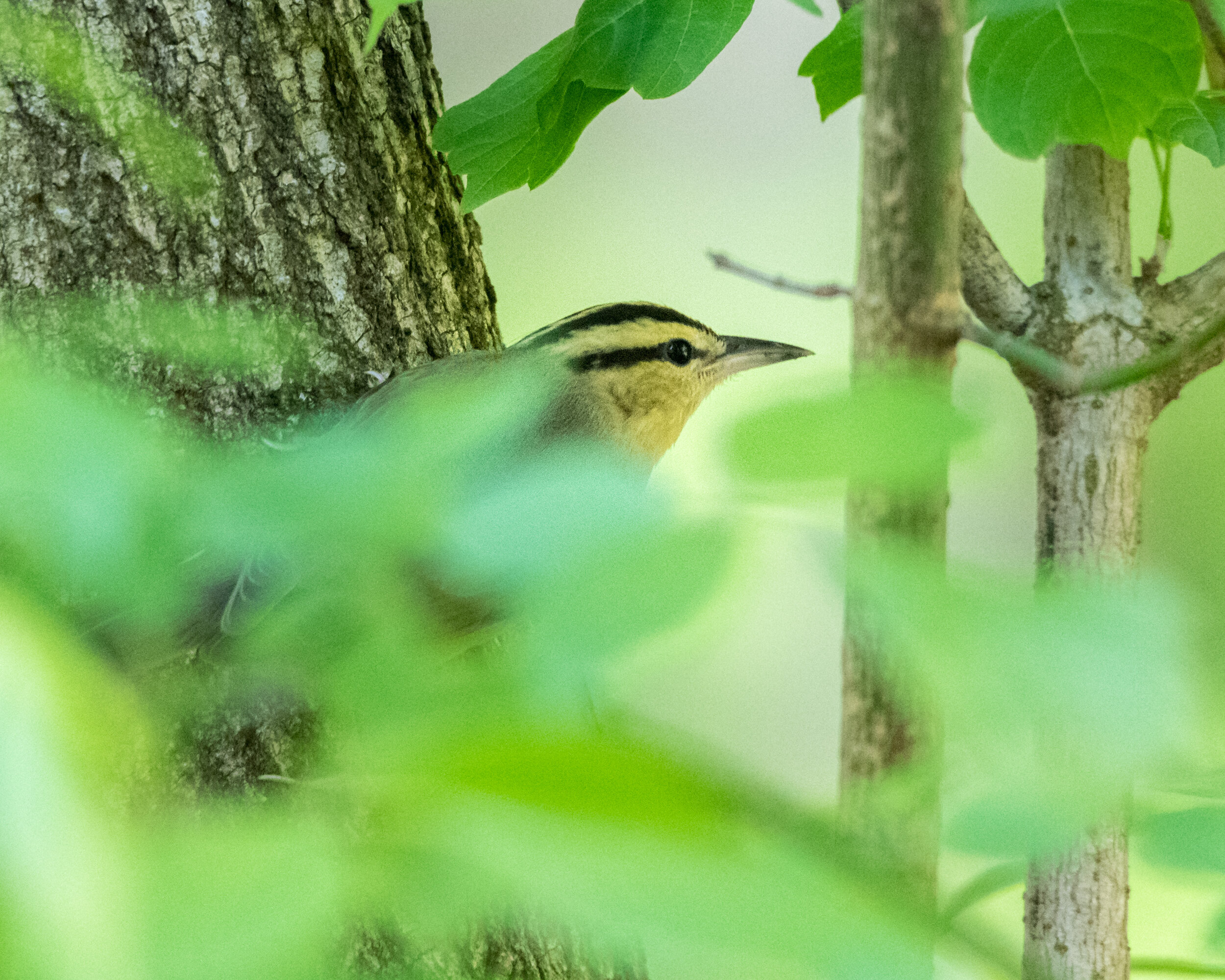




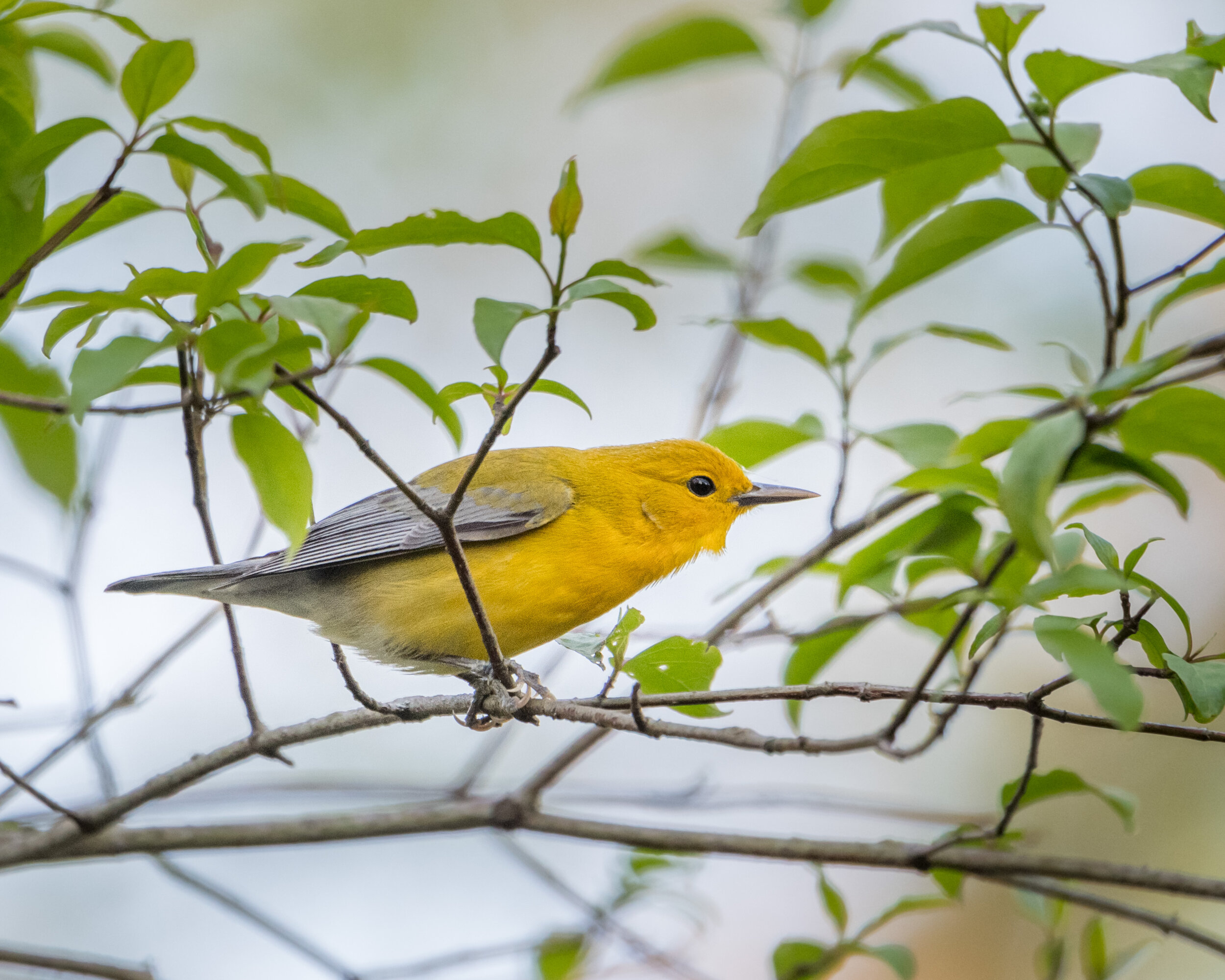

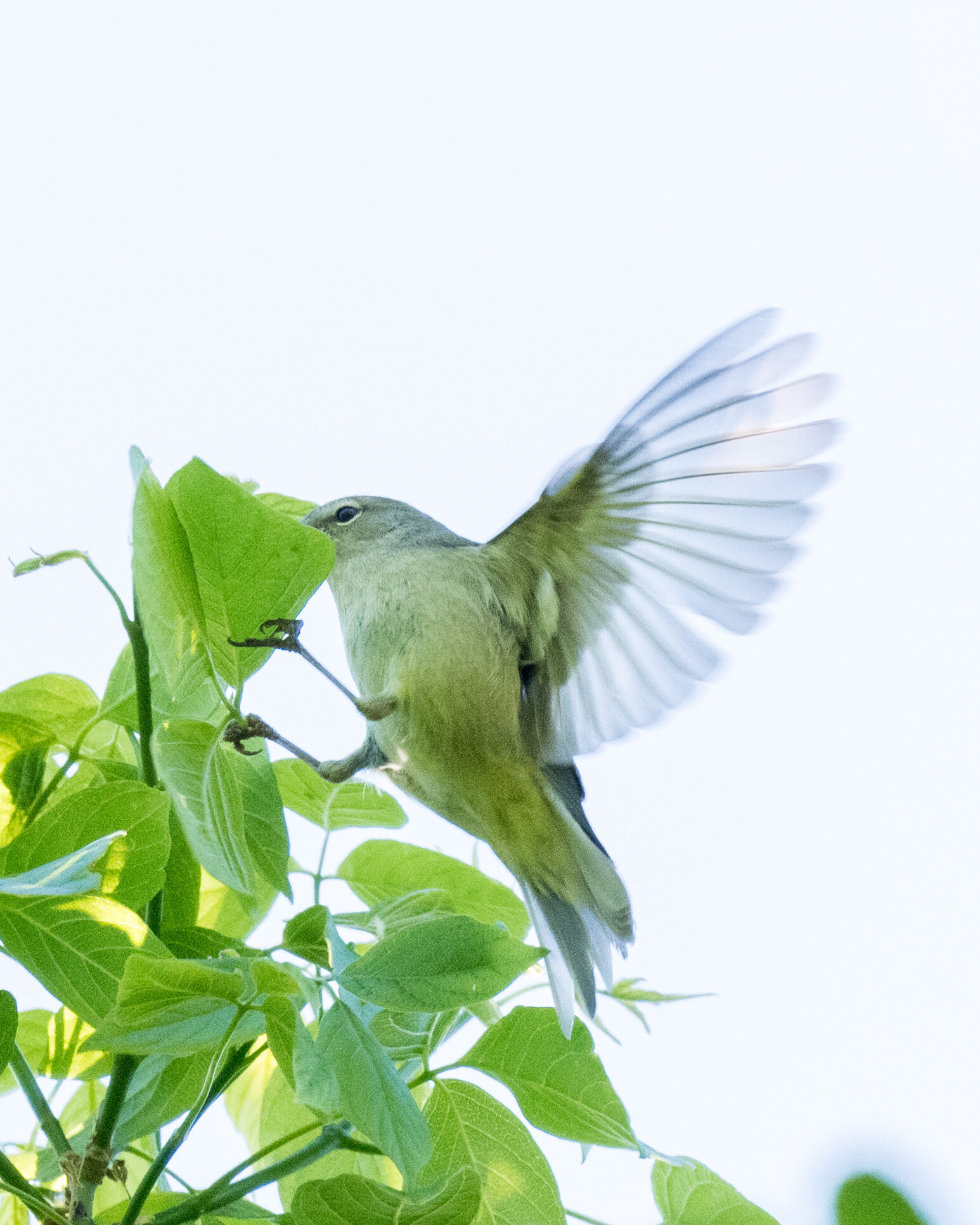
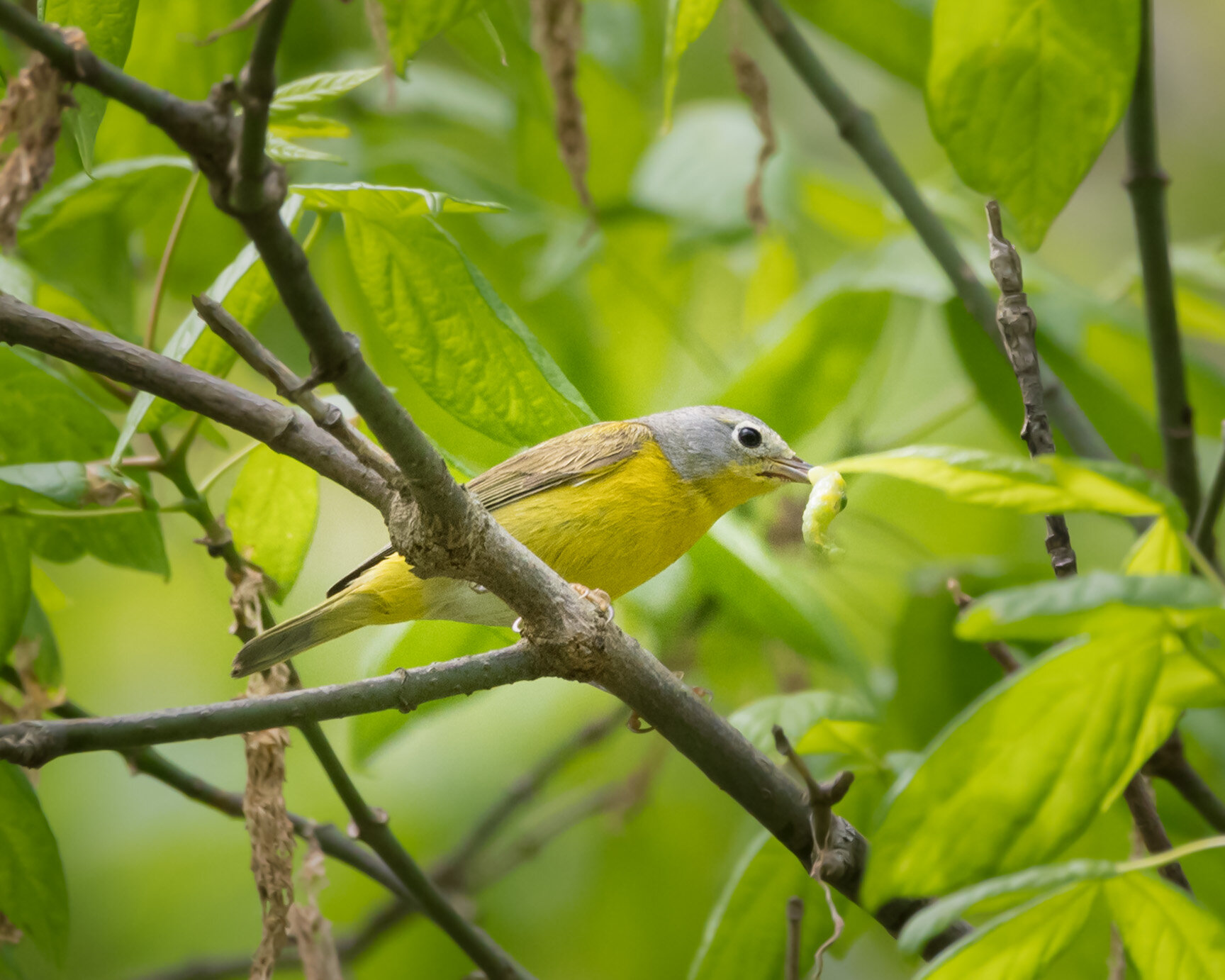
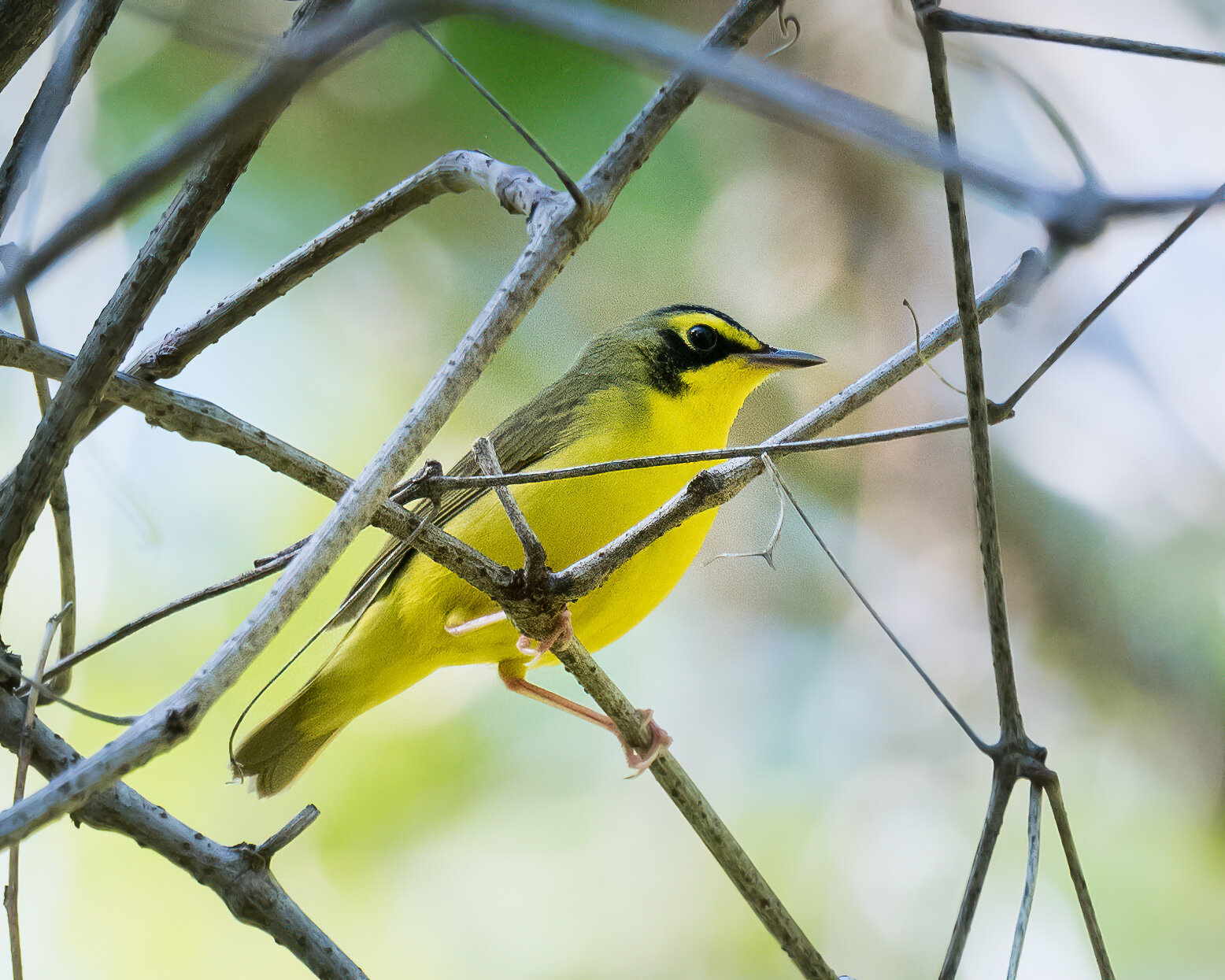


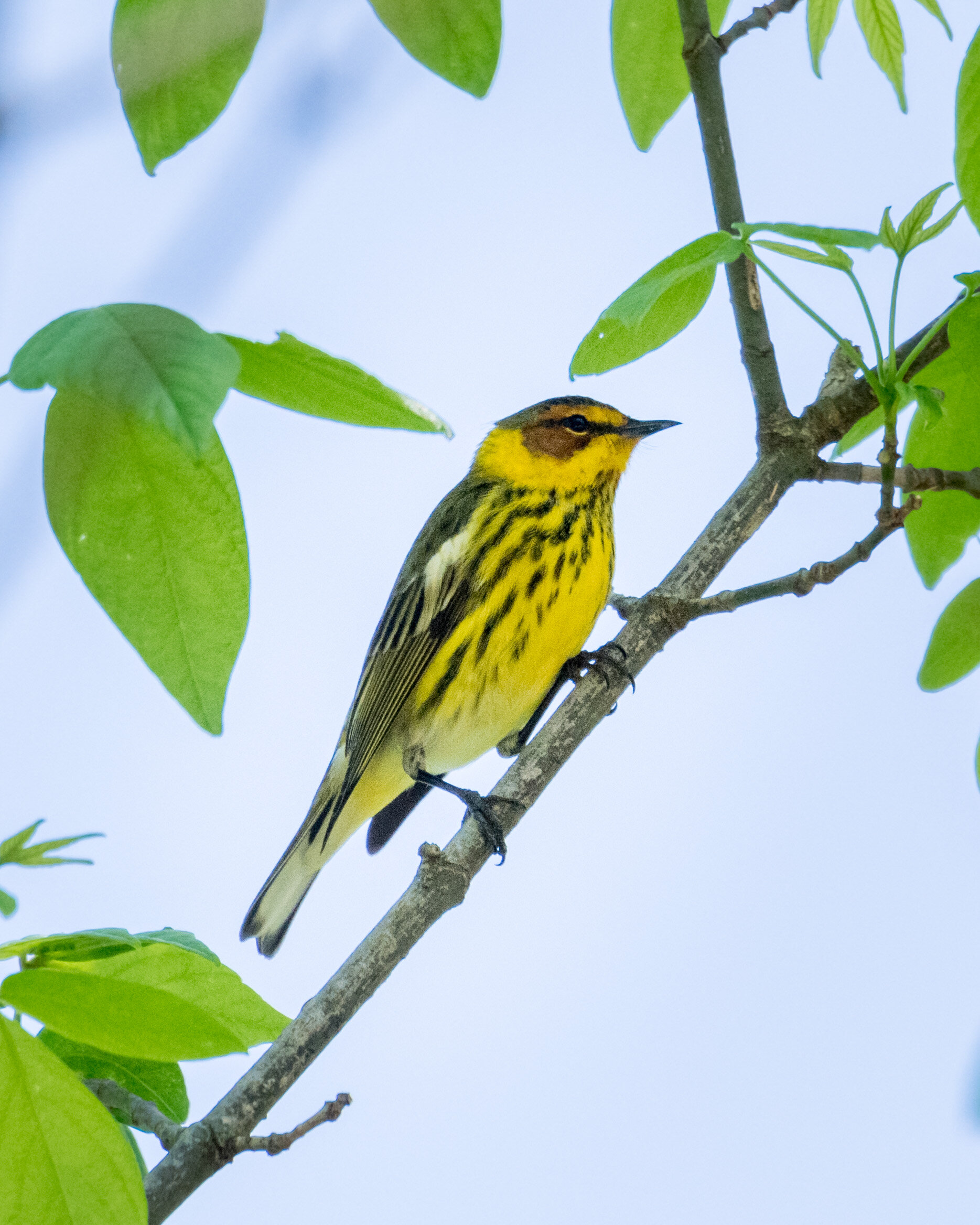



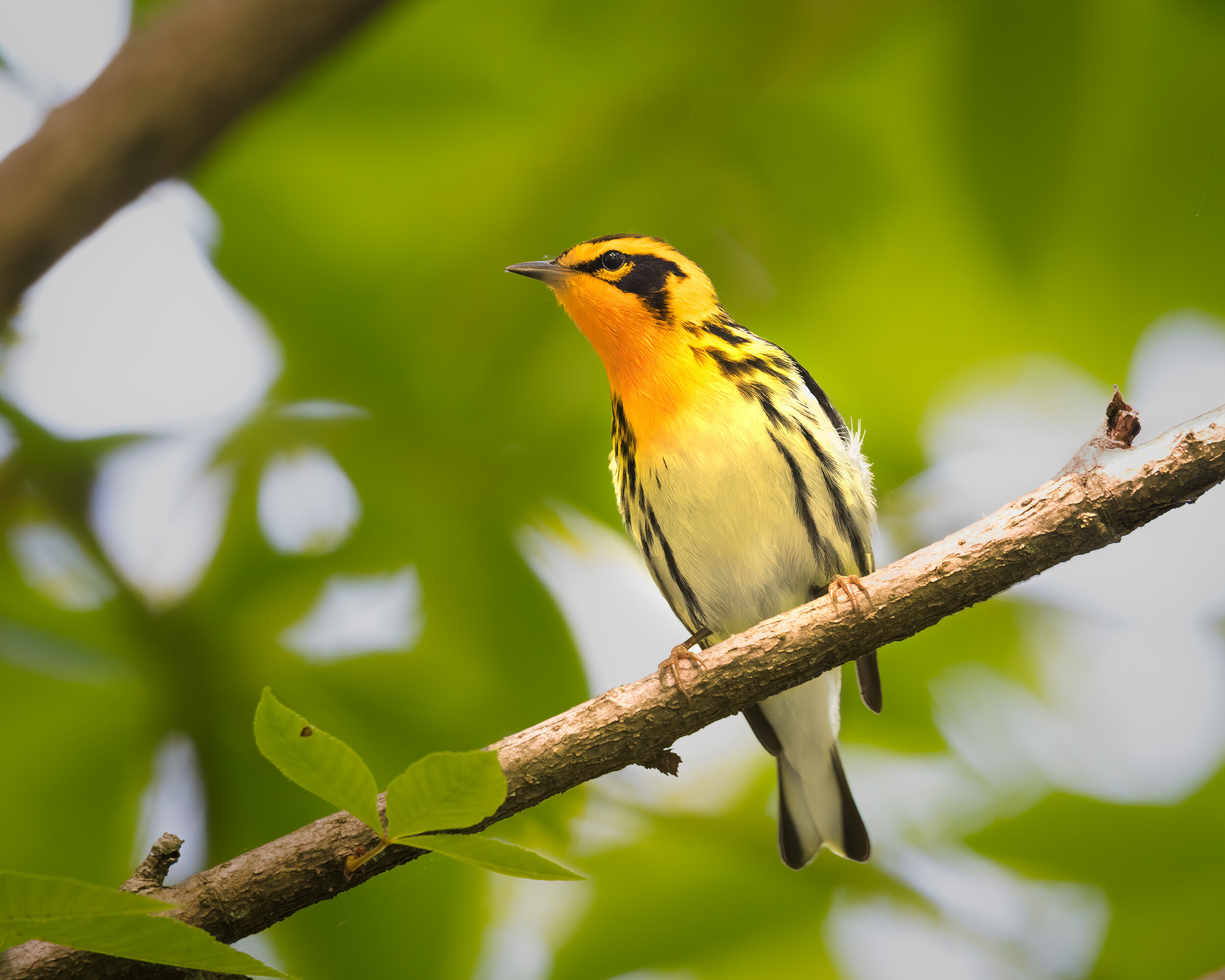











I love photographing and writing about these incredible creatures. If you enjoyed this post and want to see more, you can help me out by following me on Instagram, Facebook, and Twitter, sharing this with others, and most of all by subscribing via email using the form at the top of the page. Thanks!





